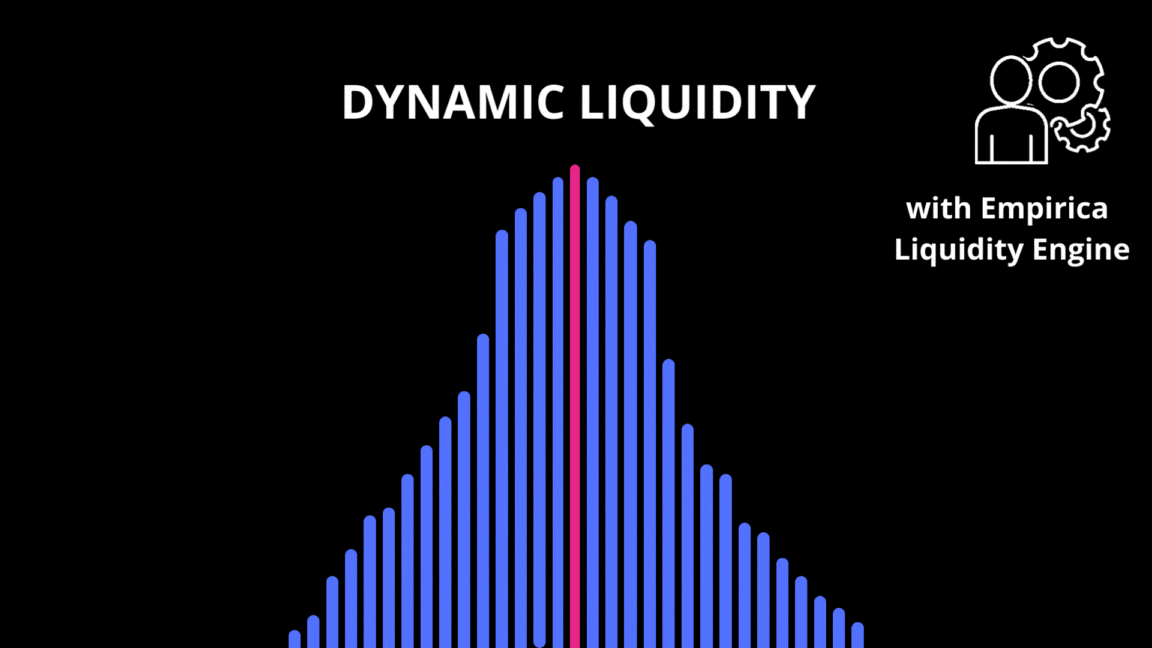Token Liquidity Reports on Uniswap V3
– Series of Reports by Empirica Liquidity Lab based on data recorded directly from Uniswap exchange –
Why this report?
There are almost 30 000 pools on Uniswap v3, but investors can only trade on a few hundred. The problem is that most of the pools have insufficient liquidity. And when investors trade on these pools, their swaps will be made at unfavorable prices, causing considerable slippage. So which tokens have sufficient liquidity to trade? And what are the sizes of swaps that do not cause significant slippage?
How to check token liquidity?
There are many liquidity metrics. The most popular one for Uniswap is TVL (Total Value Locked). However, TVL often shows only part of the truth. Liquidity positions that are far from the current price are of no practical importance. Only liquidity around the current price matters. Because it is this liquidity that determines how much an investor can buy or sell of a given asset without moving the price too much.
What is slippage and market depth and why are they important?
Slippage is a crucial metric as it indicates the price impact based on trade volume. It reveals the possible change in market price while executing the swap. To help assess this, we rank all Uniswap instruments by potential slippage for a USD 5,000 swap, while also displaying market depth within 5% of the current price. For instance, a 1% slippage means the current price will shift by 1% after a USD 5,000 swap, while a market depth of USD 10,000 implies that executing a USD 10,000 swap will move the asset’s price by 5%.
Concentration level – how to check the efficiency of using the token treasury to provide liquidity?
We have introduced a new metric, which we named concentration level. It shows the share of TVL concentrated within a +/-5% range around the market price. By looking at this metric, we can easily tell if the liquidity of the token is being managed in an efficient way. A significant share of TVL concentrated around the current price (concentration level >10%) demonstrates effective utilization of token treasury.




